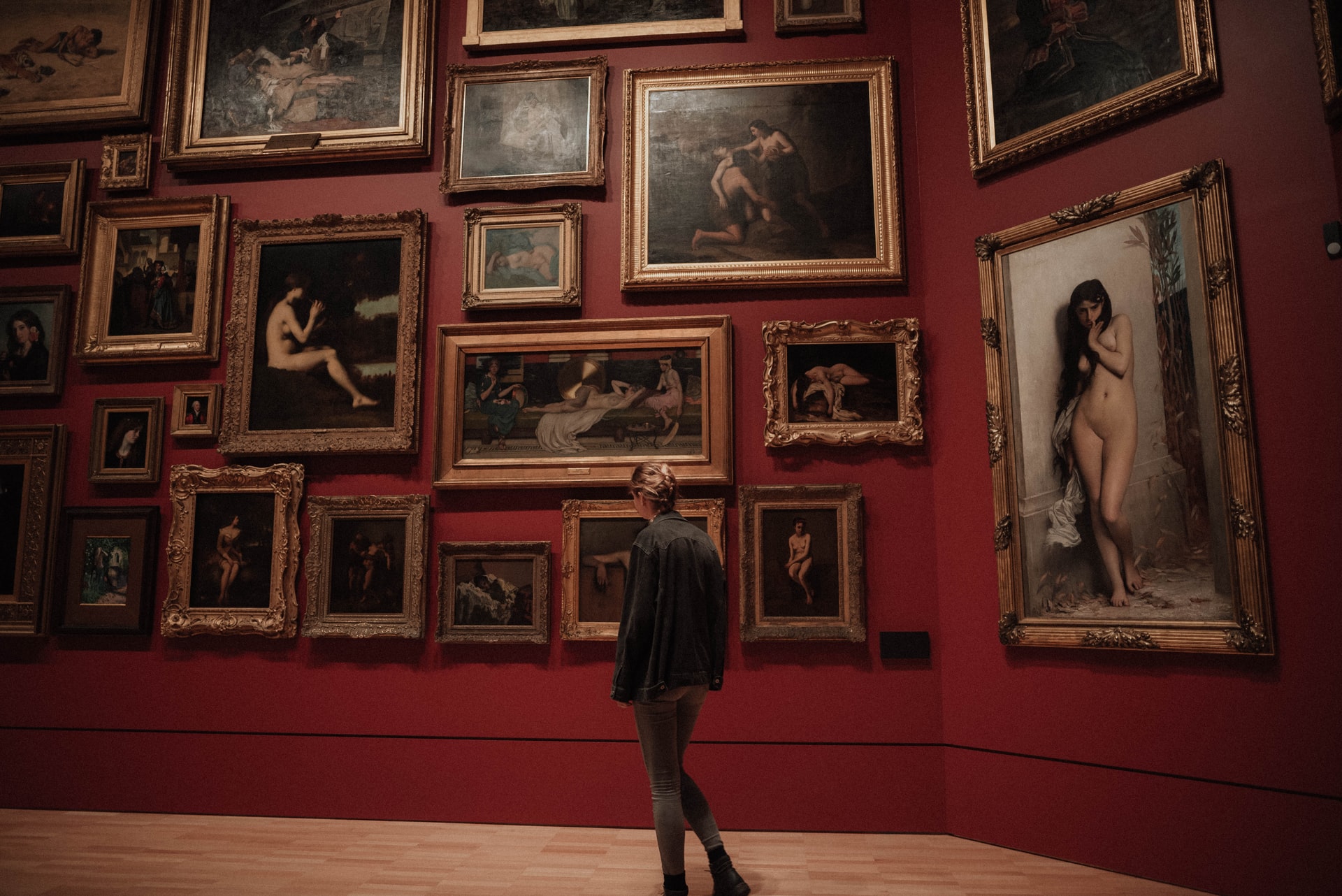
After a botched art restoration in Spain, Culture writer Catrin Jackson argues for increased regulations
The careful preservation of artwork is mandatory, as it opens up a unique gateway into the artist’s own history as well as their creative vision. However, such unique experiences are being compromised through mishandled restoration projects. Most recently, an art collector from Valencia requested a copy of Bartolomé Esteban Murillo’s Immaculate Conception to be cleaned by a furniture restorer. The painting has been rendered unrecognisable, gasping for air under the many layers of industrial paint covering all traces of Murillo’s delicate and detailed brushwork.
Many restorations appear to diminish the artist’s original vision, transforming it instead into a parody
In some cases, rare paintings have been salvaged, however, this has come with a hefty price tag. For instance, the botched restoration of the statue of St. George was subject to humour via social media platforms such as Twitter. The intricate sculpting work was covered in bright industrial paint, acting in contrast to the modest paintwork of the original. This undoubtedly put the historical legacy of the statue at risk.
Though experts have managed to repair the statue, this has cost thousands to restore it to a standard even close to its original. Carlos Martinex Alava, head of the Navarre government’s historic heritage department, regretfully noted how ‘we know that we’ve lost part of the original paint along the way.’ With such a critical restoration being left in the hands of ‘a local handicrafts teacher untrained in restoration,’ this has unsurprisingly raised concerns about the restoration regulations currently in place.
In more unfortunate circumstances, this lack of strict restoration regulations has led to rare pieces of art; those with a rich cultural history, becoming unsalvageable. Most notable was Carlo Pedretti’s discovery of a lost Leonardo Da Vinci drawing; a sketch of Orpheus Being Attacked by the Furies. The painting was treated using alcohol without the ink being tested for its solubility, causing the disintegration of the drawing. Pedretti added how “Leonardo’s images are the very rare symbol of human creativity and science, and there are not many of his graphic works in existence.”
More crucial to ask is whether we should be intervening with the natural ageing of artifacts at all
More from Redbrick on this topic:
Comments